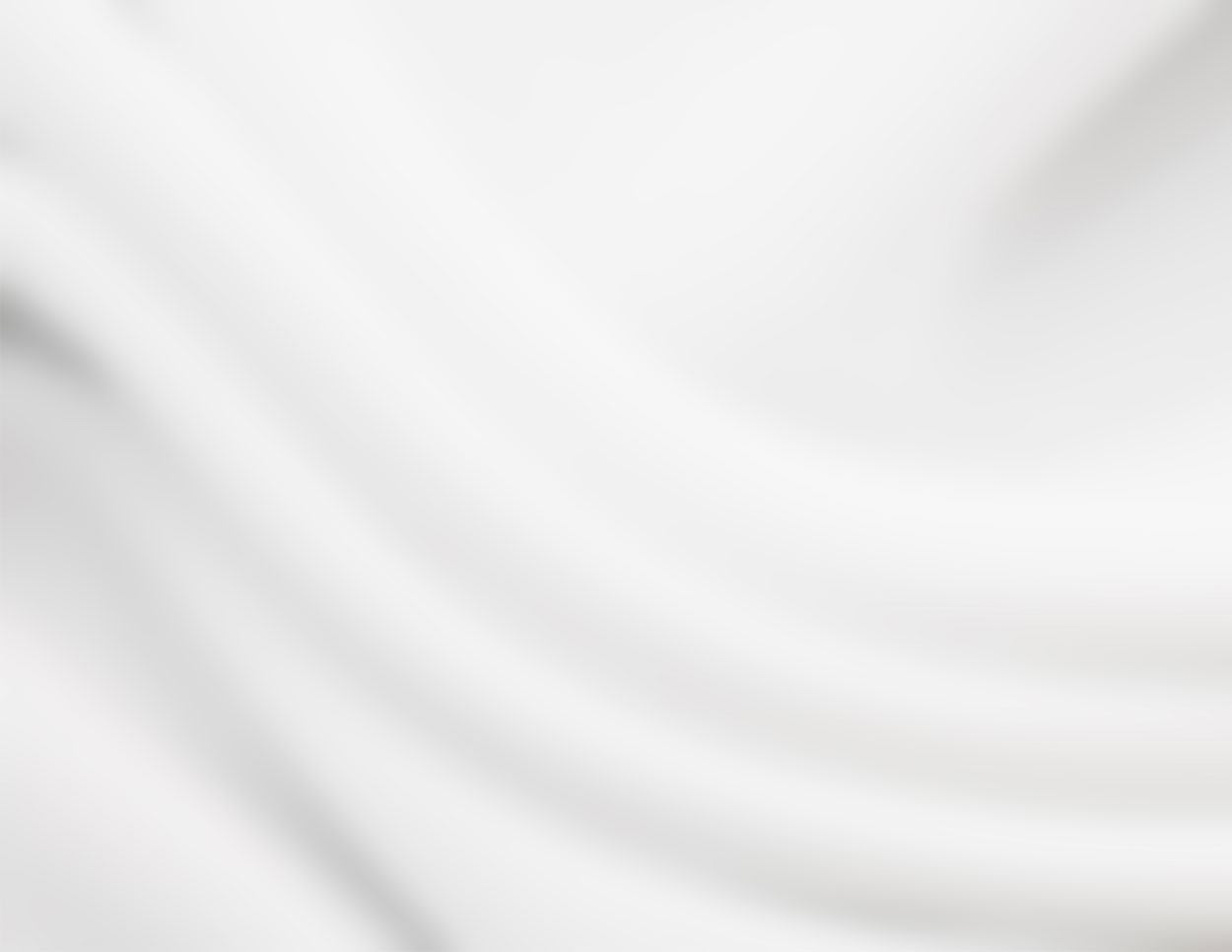“An active ingredient has been proven in a lab by research to change the skin in some way; it’s an ingredient that has data behind it,” says Emily Newsom, M.D. We refer to these ingredients as the “actives”.

What is the difference between drugstore skincare and high-end brands? Actives. While drugstore brands may contain 2% or even 10% of their active ingredients, efficacy-driven lines like Biologique Recherche and Environ contain over 50% active ingredients in the formulations. They are based on a clinical approach to beauty using pure, concentrated, and raw ingredients that have been selected based on the results.
So if it’s not active, what is it?
The remaining ingredients in skincare are often preservatives (to prevent bacteria growth and mold) or fragrances. In high-end skincare, the fragrance is often left out of the formulations to avoid inactive ingredients that could potentially compromise the product or cause irritation to sensitive skin. Other ingredients may be good for your skin, but are not “transformative”. These might be oils, waxes, or other carriers. Water is also common. As a note, there is a need for non-actives in all skincare products. Products need balance to ensure that they don’t irritate the skin. This balancing can be achieved by using carrier ingredients or by the inclusion of ingredients to counteract the potential for irritation.
Active ingredients are regulated by the FDA, but the rules for cosmetics and prescription topicals are regulated differently. If an ingredient is listed as the “active ingredient” on the label of the product, it must be regulated. A skincare product may contain the same percentage of the active ingredient as a prescription product, but if it doesn’t list the active ingredient in question as an “active ingredient” on the label, it can be sold over the counter. If the ingredient is labeled as an active ingredient on the product’s label (think of the table that usually sits just above the “other” ingredients), it would need to be regulated. For example, a toner containing salicylic acid would need a prescription if it lists SA as an active ingredient. If it’s being positioned as a cosmetic, it may just list salicylic acid among its many ingredients and be sold by your esthetician. The difference is how the brand is selling the product.
So how much is in there?
When the actives are not individually labeled, it can be harder to know the amount, but always remember that the ingredient list is written from the highest to lowest percentages. So those first few ingredients will often make up the majority of the product. If you can, note if they are actives. How many are active? This will help give you an idea of the product’s formulation.
The Cost of Great Skin
“Luxury skincare products frequently contain higher concentrations of active ingredients or more unique ingredients, which all add to their cost,” says Dr. Karyn Grossman.
There is a reason that these products are expensive. They contain more of the good stuff. You may have to buy 5 bottles of drugstore serum to get the same amount of actives as one of Biologique Recherche’s serums. You’d also have to use 5x as much per use… which would be an overload of product on your skin and impossible to absorb. By selecting high-active formulations, you are using less product overall.
Explore our favorite high-active skincare lines at Cure Med Spa Connecticut.



